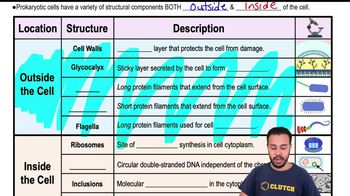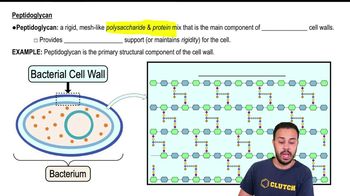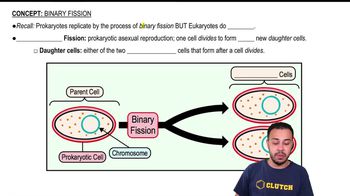Which of the following statements about E. coli is false?
a. E. coli was the first disease-causing bacterium identified by Koch.
b. E. coli is part of the normal microbiome of humans.
c. E. coli is beneficial in human intestines.
d. E. coli gets nutrients from intestinal contents.
e. None of the above; all the statements are true.




